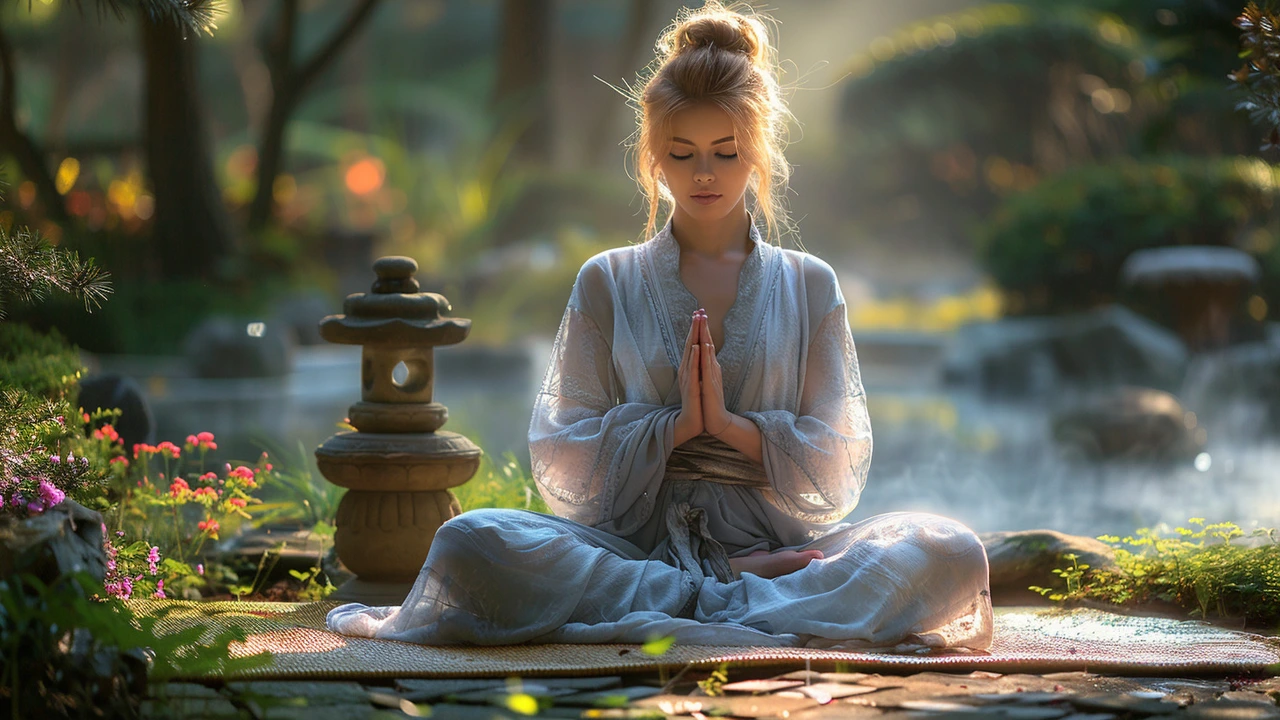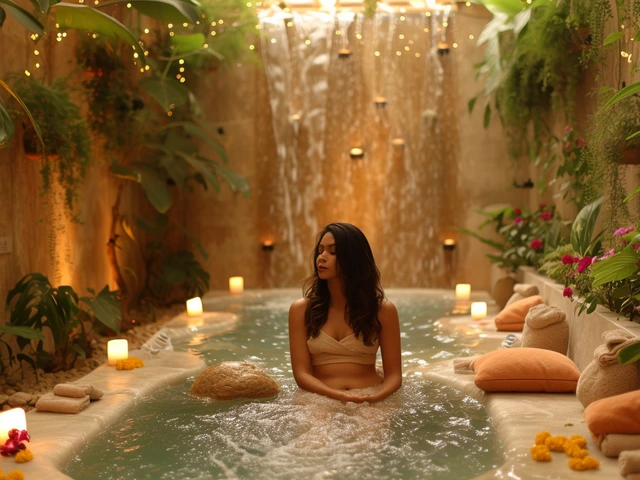Reiki Healing: A Comprehensive Guide to Self-Discovery and Inner Peace

Understanding Reiki and Its Historical Roots
Reiki, a spiritual healing practice originating from Japan, was developed in the early 20th century by Mikao Usui. Derived from the Japanese words 'rei' (universal) and 'ki' (life energy), Reiki involves the transfer of energy from practitioner to patient to enhance the body's natural healing processes. This practice has gained global popularity not only as a method for healing but also as a pathway to personal enlightenment and peace.
Historically, Reiki's development is credited to Mikao Usui's quest for spiritual growth and healing abilities, which led him to receive the Reiki symbols during a meditative retreat on Mount Kurama. Reiki practitioners use these symbols to help channel energy and facilitate the healing process for emotional, physical and mental issues. The tradition of Reiki has been passed down through various Reiki masters who have continued to shape and grow this practice worldwide.
In modern times, Reiki has been embraced by many seeking alternative or complementary healing methods. Due to its non-invasive nature, it is often considered alongside other holistic approaches like meditation, yoga, and acupuncture. The simplicity and effectiveness of Reiki make it a favored choice for many looking to maintain health and balance in a holistic way.
Core Principles of Reiki
At the heart of Reiki are the Five Reiki Principles, which are essential guidelines that all practitioners adhere to. These include: not being angry, not worrying, showing gratitude, working diligently, and being kind to others. These principles underscore the holistic approach of Reiki — they are not merely about healing physical ailments but also about fostering a positive mindset and emotional health.
Another fundamental aspect of Reiki is the belief in life energy or 'ki' which flows through all living things. Practitioners of Reiki are taught to harness this energy, using their hands to channel it to themselves or others. This process, often described as 'laying on hands,' is believed to realign and cleanse energy pathways, thus promoting overall well-being.
The practice of Reiki is non-secular and can be practiced by anyone regardless of their spiritual beliefs. In Reiki sessions, practitioners might also use techniques like crystal healing, aromatherapy, and music to enhance the energy environment and assist individuals in achieving a deeper state of relaxation.
Practical Steps to Integrate Reiki Into Your Life
For those interested in exploring the benefits of Reiki, the first step is often finding a qualified Reiki practitioner. Sessions typically last between 60 to 90 minutes and are tailored to the individual's specific needs. During a Reiki session, the practitioner places their hands lightly on or over specific areas of the body, transferring energy and facilitating healing.
Those seeking deeper engagement might consider Reiki training. Reiki courses are available at multiple levels, with each level deepening the practitioner's ability to channel energy. Through these courses, one can progress from learning basic hand positions to eventually becoming a Reiki master, capable of teaching and attuning others to Reiki energy.
Self-Reiki is another powerful tool for personal wellbeing. By regularly practicing self-Reiki, individuals can maintain their energy flow and balance, reducing stress and promoting healing on a daily basis. Moreover, Reiki's principles can be incorporated into daily life to enhance emotional and spiritual well-being, creating a life aligned with harmony and health.




